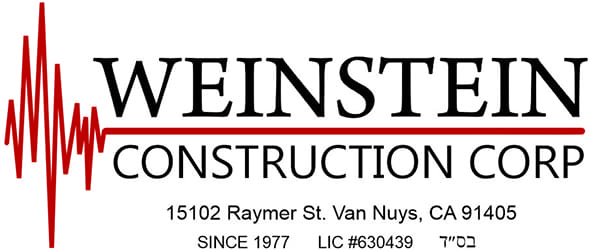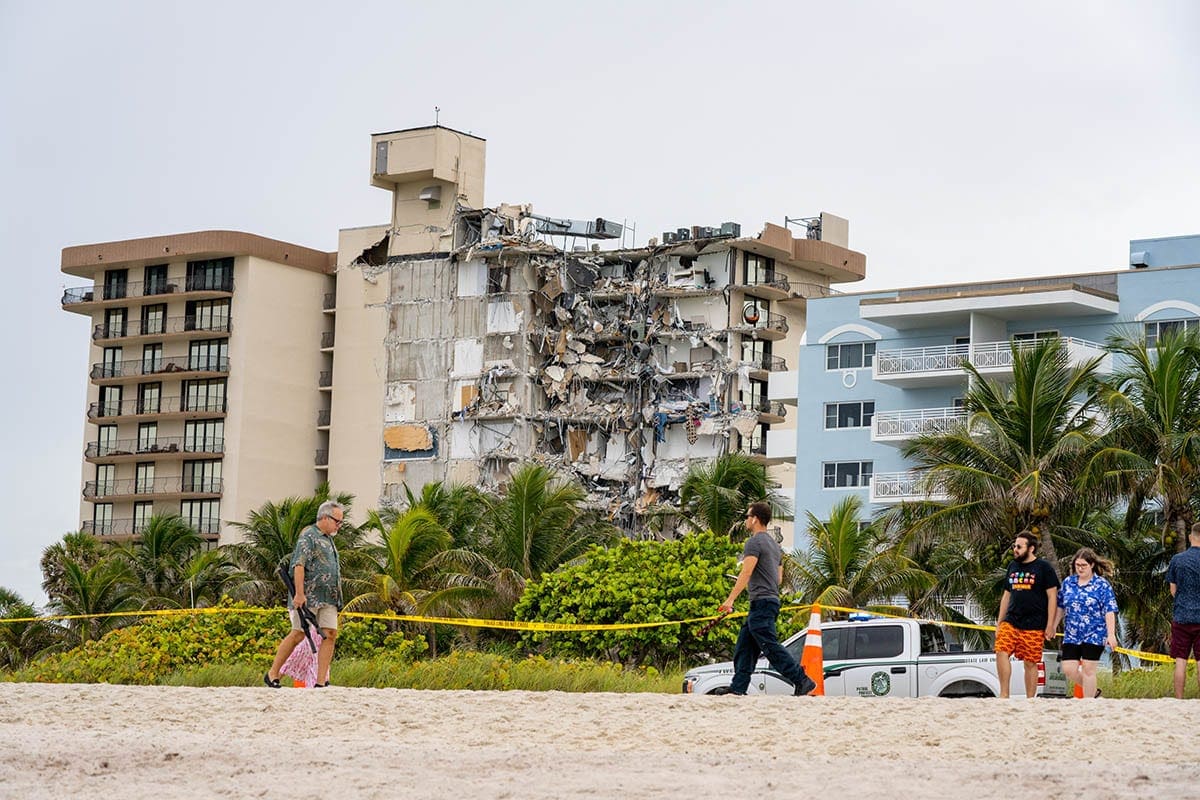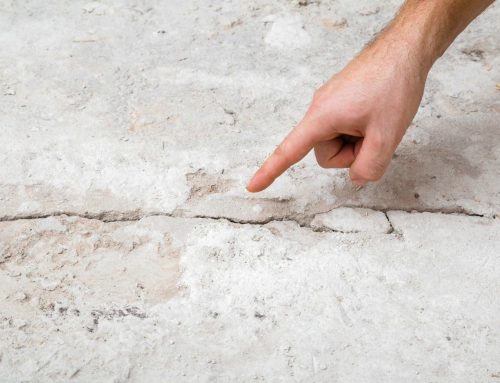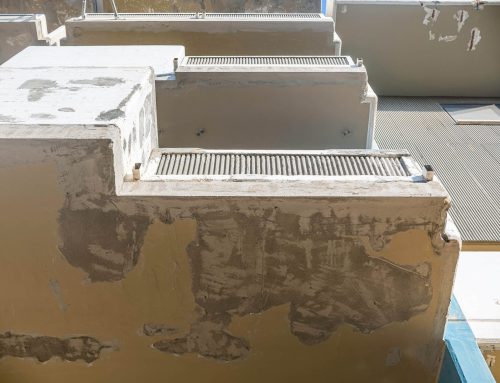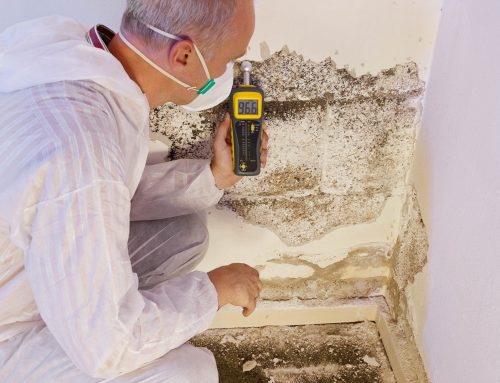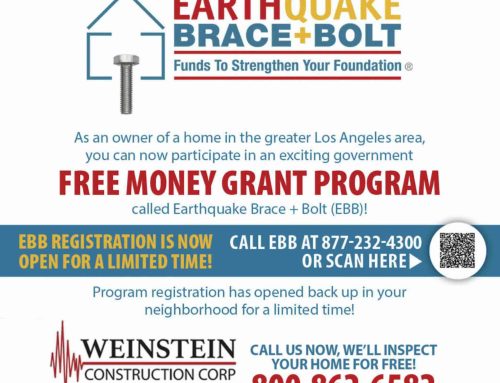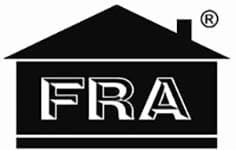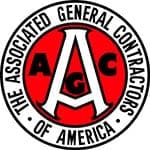We all remember the moment when we heard about the horrific June 24, 2021 collapse of the Champlain Towers South, a 12-story beachfront condominium in the Miami, Florida suburb of Surfside.* Our hearts go out to the victims and their families, as well as the many families who have lost everything due to that tragedy.
What caused the Miami condo building to collapse
The condo tragedy in Miami left many of us asking, what could have caused such a collapse? What would have prevented it? What lessons can we learn about future construction practices and the ongoing maintenance of all buildings? There are, of course, a variety of possible causes to such a collapse, beginning with structural defects in planning and construction, to environmental effects, for example, the negative effect of water intrusion into the buildings foundation. What do we know for sure? We know that the building collapsed in stages, with the southern (central) section collapsing first. Experts believe that this initial collapse occurred at the base of the building, around the pool area.
Did improper water drainage cause the Surfside condo collapse
One of our clients asked us a good question, which was, did the Surfside condo collapse because of an improper drainage system? Well, it has been widely reported that a previous structural inspection at the building noted a “major error” in the original design of the collapsed pool deck area, in that this area was not properly sloped to drain water. It was suggested that this issue caused “major structural damage” to its concrete structures. It has also been suggested that the concrete in that area was damaged due to the rusting of the reinforcing steel rebar inside the concrete. Such rebar, when it rusts, expands up to seven times its volume and becomes brittle, and as a result, the concrete that surrounds such rebar can crack into pieces. Sadly, many experts believe that all it takes is a single concrete beam or column failing, to trigger a “domino effect” and bring a building down!
Did ground movement play a part in the condo collapse
If you are wondering whether ground movement played a part in the Surfside condo collapse, that is a good question! It has been suggested that this Florida condo building, which was built in 1981, was in fact sinking at a rate of two millimeters per year, beginning in the 1990s. Now, two millimeters per year does not seem like a lot of movement, but over a period of many years, this type of movement can also cause a concrete slab to crack and buckle, making the structure above it unstable!
What went wrong in the Miami condo collapse
At the end of the day, the question remains: what went wrong in the Surfside condo collapse? While we have no definitive answers as to why this condo building collapsed, there are lessons here for Los Angeles homeowners and commercial property owners!
Most Los Angeles basement waterproofing consists of a sealing coat on basement walls and a drain around the bottom of the foundation, also called a “footing drain”. A footing drain failure is the most common cause of wet basements! When a footing drain fails, the soil around the outside of the foundation can’t drain and water saturates the basement and foundation, coming in through joints between the footing and the wall, wall cracks and pipes, porous block walls, and from under the footing. When the concrete footing and foundation are waterlogged, the rebar inside the concrete will rust, expand, and eventually crack the concrete!
Add to this scenario, a typical Los Angeles home with its thin concrete slab poured on top of unstable top soil, and you may have a recipe for disaster! In such situations, even the mild seismic forces of a small earthquake can crack a foundation and cause the building on top of it to slide right off!
What can Los Angeles learn from the Miami condo collapse
If you are wondering what lessons can Los Angeles homeowners and commercial property owners learn from the Miami condo collapse, it is that they should be concerned about the state of their properties and make sure that groundwater and rainwater is not intruding and saturating their foundation and footing. If water intrusion is an issue, a variety of cost-effective drainage solutions can be employed, for example a French drain installation, to provide drainage control and erosion prevention. And if a foundation is already damaged, modern methods for foundation cracks repair are available to help mitigate the harm.
This is one area where early warning and maintenance is important, so don’t delay, have your foundation inspected! call Weinstein Construction today at (818) 855-5752 for a free inspection and review of your home’s foundation needs! We are also very experienced drain contractors and can help with basement waterproofing, leaky basement repair, basement wall sealing, and French drain installation!
* Adapted from “Miami building collapse: What could have caused it?” BBC News, July 1, 2021.
